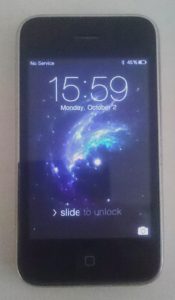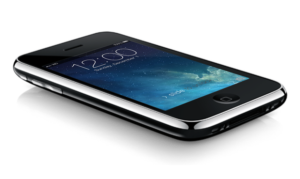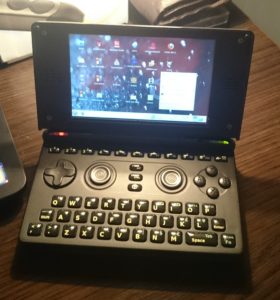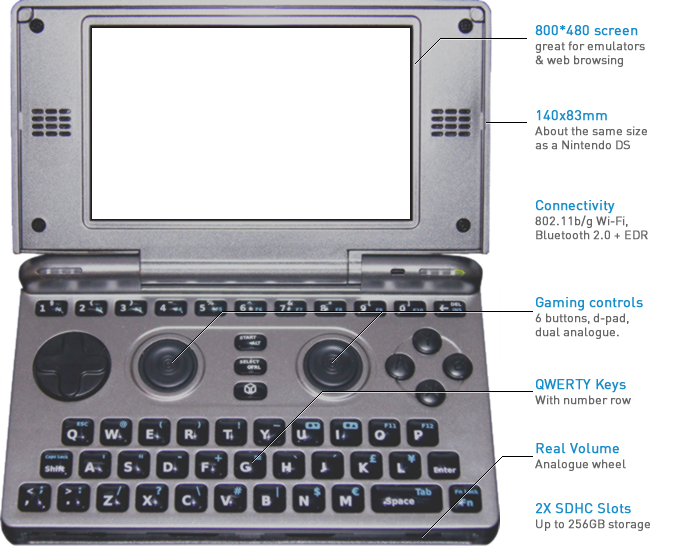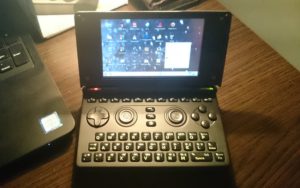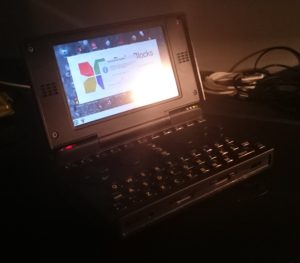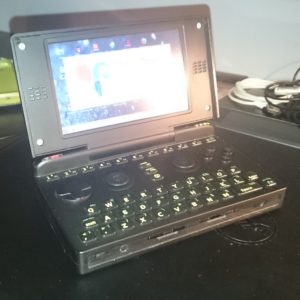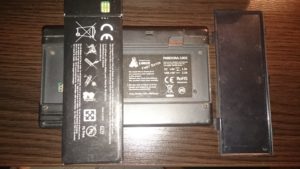I never was an Apple fanboy and probably would have steered away from their products had it not been for the original iPhone that a friend of mine purchased way back in 2007. I still remember how awkward it was to type on it (fixed in later software revisions) and how expensive it was. None the less, it was a very appealing device, and had something that most devices at the time lacked – it was a full fledged phone and gaming device in one, not relying on Java apps like the rest of them, but bringing an all new software experience.
The iOS was based on OS X and enabled developers to “make amazing things happen” – once the 2.0 version brought the App Store. And that’s when I was hooked :).
I purchased my first iPhone 3G, 16GB model, in early 2009 from a previous owner for roughly 500€ without contract and almost immediately fell in love with it. The phone felt like from another universe compared to the previous ones I had (mind you, they were not bad phones as such, just not as advanced at that time). With the advent of the App Store and it coming to Slovakia where I live, I started to enjoy the iPhone more and more as new apps and games came out. The App Store also brought an important change to the gaming industry on mobile phones – namely games that cost 0.99$, or in my country 0.79€ each. Comparing them to the Java based games on other mobile phones that cost at least twice as much was like comparing heaven and hell :). There were limitations to the downloading of apps over 3G, imposed by the deal between Apple and AT&T who was the only carrier that sold the iPhone at the time, but even that wasn’t really a problem. I spent upwards of a 100€ on games and apps that year, but didn’t feel like I was losing money – the apps made the phone even better and the hours of gaming were well invested time (from a gamer’s point of view of course).
When iPhone 3GS came out, I felt a bit cheated by Apple because of the price I would have to pay to get it, so I decided to wait for the iPhone 4. My iPhone 3G has since gone through many hands, being used by a friend of mine for development, by my wife and daughter as their primary phone, and finally ending up in a drawer in the end, waiting for my youngest to want to play with it. Apple of course stopped supporting it end of 2010, with the last version of iOS 4.2.1 being stripped of many features that were deemed too unstable to run on it without slowing down the phone or impossible to be used (FaceTime).
After a while of not using it, I stumbled upon some interesting software made by the community for the iPhone 3G. Some of it was based on Cydia, the alternative App Store that existed since 2009, and some was completely new, bringing better user experience to the iPhone 3G. This software was called Whited00r and it mimicked the appearance of later released iOS versions, while keeping the phone on iOS 3.1.3, the most advanced and at the same time most stable version of iOS for the phone.
Whited00r running on iPhone 3G
I went through multiple older backups of my PCs and found my iTunes library from the time I used the iPhone 3G and was astonished how well the games looked and played even after the years that had passed – which brought me to the idea of writing this blog post to remind the owners of the iPhone 3G that their device is not obsolete, as Apple likes to label it, but still stands strong with a library of thousands of apps and games that are still fully usable on it. The only drawback is, you have to have the old versions of those apps / games stored somewhere, as Apple has pulled them from it’s servers a long time ago.

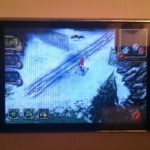 C&C: Red Alert for iPhone 3G
C&C: Red Alert for iPhone 3G
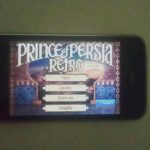 Prince of Persia Retro
Prince of Persia Retro Metal Gear Solid Touch
Metal Gear Solid Touch



